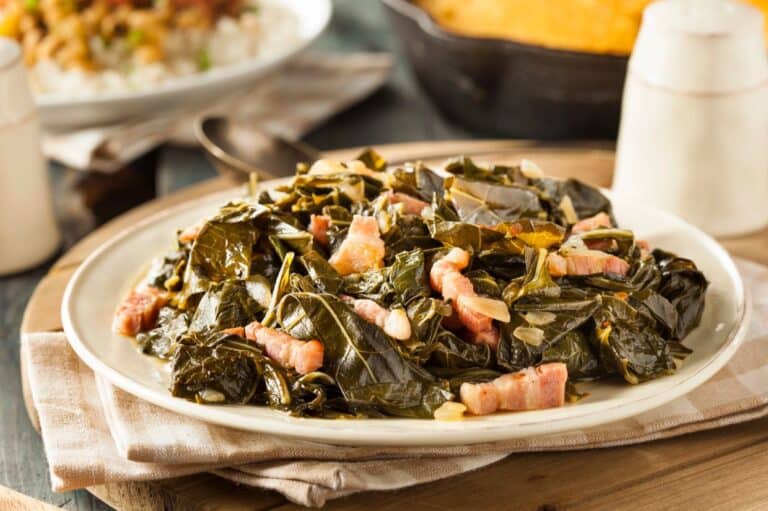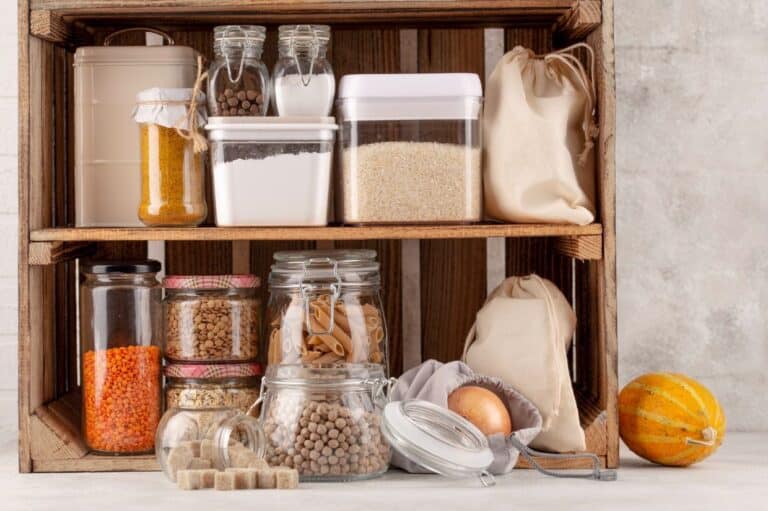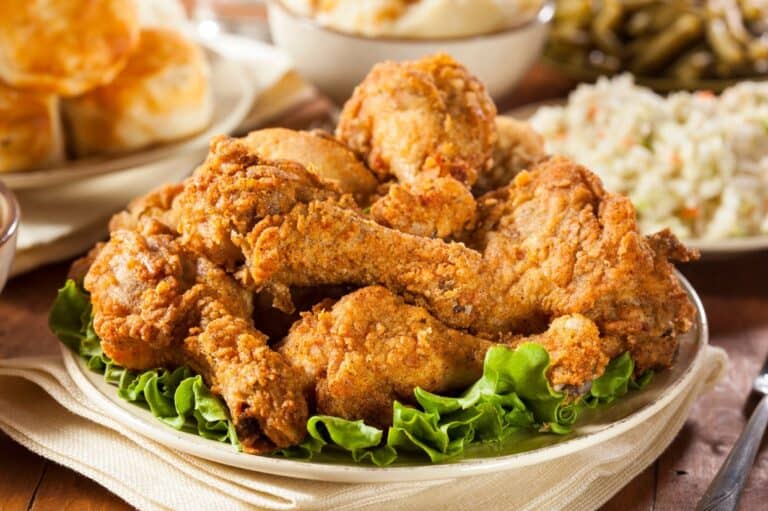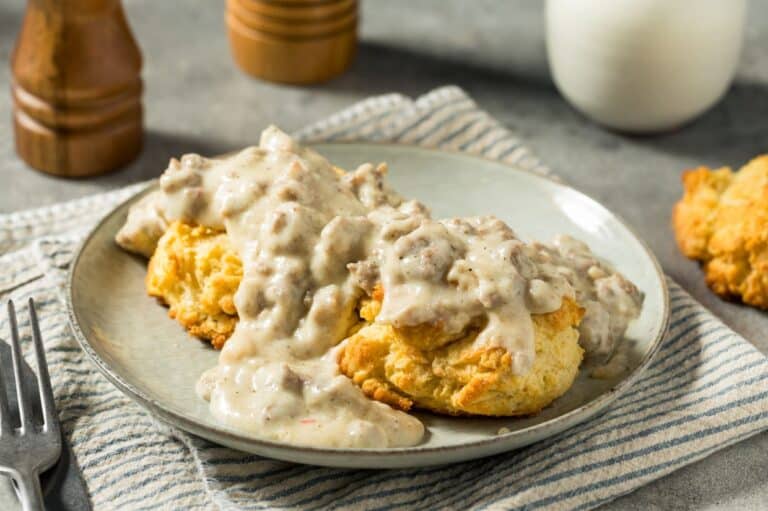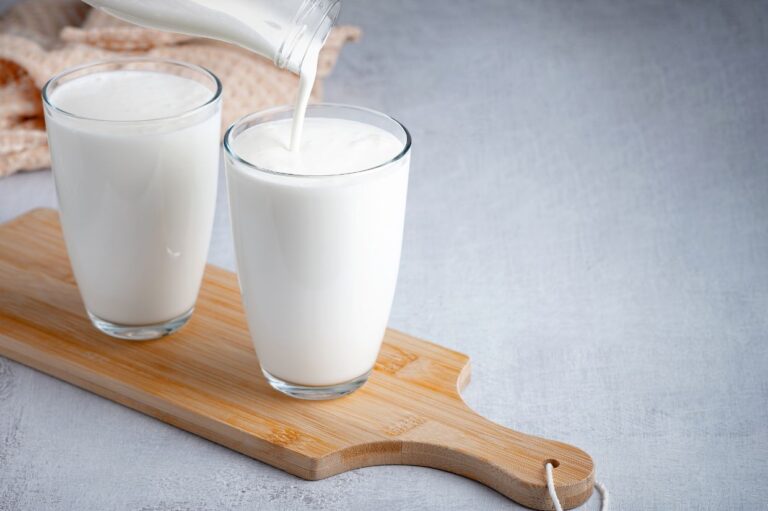There’s nothing quite like tasting Southern syrup to transport you to a slow, warm afternoon, where time seems to drift as lazily as a summer breeze. In the South, people treat syrups as more than just sweet toppings — they are rich with tradition and carry the stories of generations. From cane syrup and sorghum to molasses, these liquid golds have become staples in Southern kitchens, gracing biscuits, pancakes, and so much more. Let’s explore the sweet syrups of the South and see what makes each one stand out.
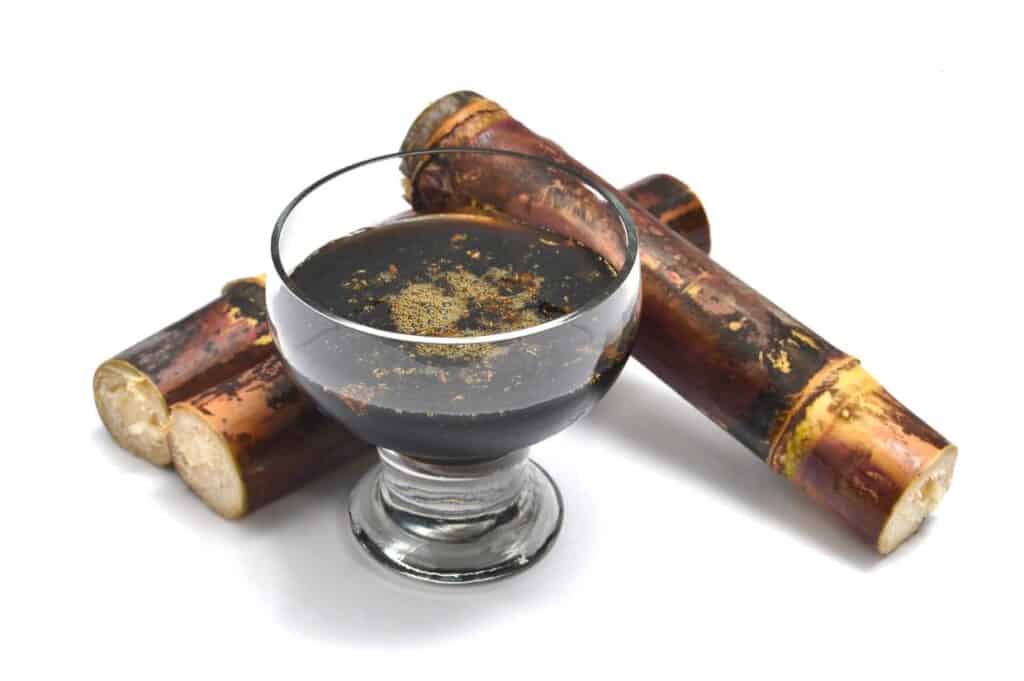
Cane Syrup: The deep, dark original
Cane syrup holds a special place in the Southern pantry, especially in states like Louisiana, Georgia, and Florida. People make it from sugarcane juice that’s boiled down until it thickens, giving it a flavor similar to molasses, but milder. Cane syrup has a deep, caramelized flavor that’s less sweet than maple syrup, but it offers a more complex, earthy taste that’s hard to replicate.
History & process
The history of cane syrup dates back centuries. Sugarcane was introduced to the South in the 1700s. The warm, humid climate allowed sugarcane to thrive, and boiling down sugarcane juice to make syrup became a natural way to preserve sweetness. The process requires hard work; farmers chop down the sugarcane, crush it to extract the juice, and then cook it down in a large, open kettle over a fire. As the water evaporates, the process leaves behind that dark, luscious syrup.
Flavor & uses
So, what does cane syrup taste like? It’s rich, slightly smoky, and carries a hint of bitterness. People use it in classic Southern dishes like pecan pie and cornbread. You’ll find it drizzled over hot biscuits, poured into your morning grits, or even added to marinades for a caramelized sweetness in meat dishes.
Sorghum Syrup: The underdog sweetener
If you’re in Appalachia or parts of the Midwest, you’re probably familiar with sorghum syrup. People often mistake it for molasses, but it’s a different sweetener altogether. Sorghum syrup comes from the juice of the sorghum cane, a tall, grassy plant that looks like corn. Sorghum cane resists dry spells, making it a more resilient crop than sugarcane in certain regions.
History & process
Sorghum syrup gained popularity in the South during the Civil War when sugar became scarce. Sorghum cane could grow in diverse climates, and it helped rural communities where traditional sugar sources were hard to find. The process of making sorghum syrup is similar to that of cane syrup: boil down the sorghum cane juice, skimming off impurities until it turns into a thick, amber syrup.
Flavor & uses
Sorghum syrup offers a nutty, slightly tangy flavor with a hint of spice — think molasses, but less intense. It pairs beautifully with hot buttered cornbread, adds depth to BBQ sauces, and serves as a substitute for honey in some recipes. Sorghum syrup was once called the “poor man’s sweetener,” but it’s making a comeback as people rediscover its unique flavor and sustainable nature.
Molasses: A byproduct turned Southern staple
Molasses has an intriguing history in the South, tied to the sugar industry and rum production. It’s essentially a byproduct of refining sugar, made when people boil sugarcane juice to extract the crystals that become granulated sugar. What’s left is molasses, a dark, thick syrup with a deep flavor that changes depending on how much it’s been boiled.
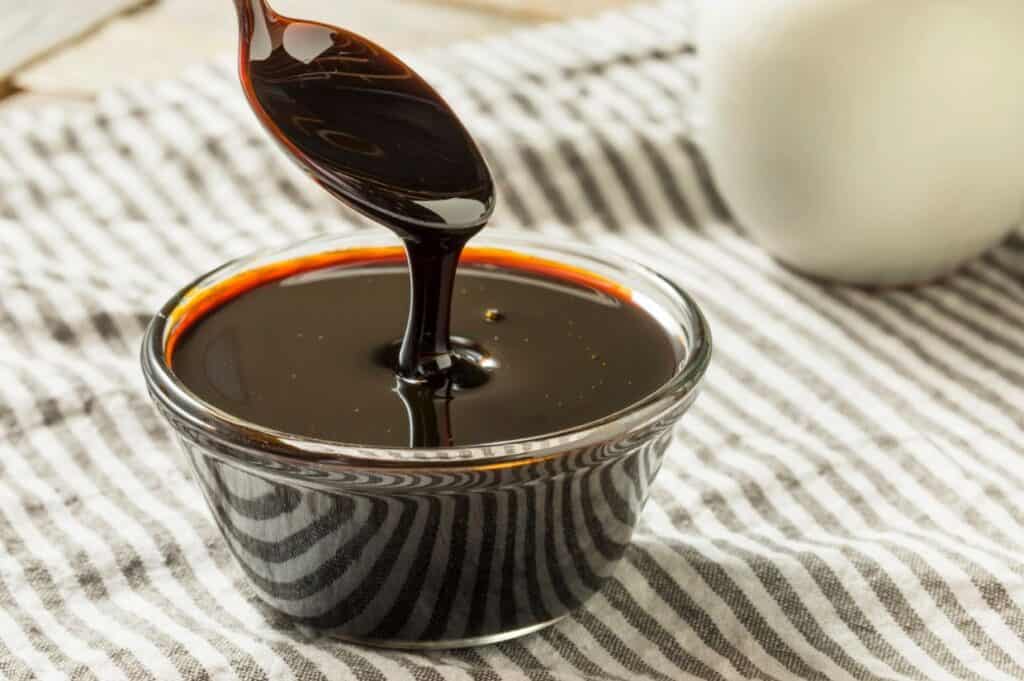
History & process
Molasses has existed as long as people have been refining sugarcane, and it became popular for its rich taste and long shelf life. The more times they boil sugarcane juice, the darker and more bitter the molasses becomes. Light molasses comes from the first boiling, while blackstrap molasses — known for its intense, almost savory flavor — results from the third boiling. Blackstrap molasses is higher in minerals like iron and magnesium, so people sometimes sell it as a health supplement.
Flavor & uses
While people consider blackstrap molasses an acquired taste, they use regular molasses in everything from gingerbread cookies to BBQ sauce. Its robust, slightly smoky flavor adds a layer of complexity to baked goods, beans, and meats. You’ll find it in recipes for spice cakes, baked beans, and the famous Southern classic, shoofly pie. If you’ve ever wondered what gives these dishes their dark color and slightly spicy edge, molasses is the secret ingredient.
Maple Syrup: A Southern guest with Northern roots
Although maple syrup isn’t native to the South, it has found a home in Southern kitchens. This syrup, made from the sap of maple trees, largely belongs to the Northeastern United States and Canada. However, its widespread availability has made it a common sweetener in the South, particularly for pancakes and waffles.
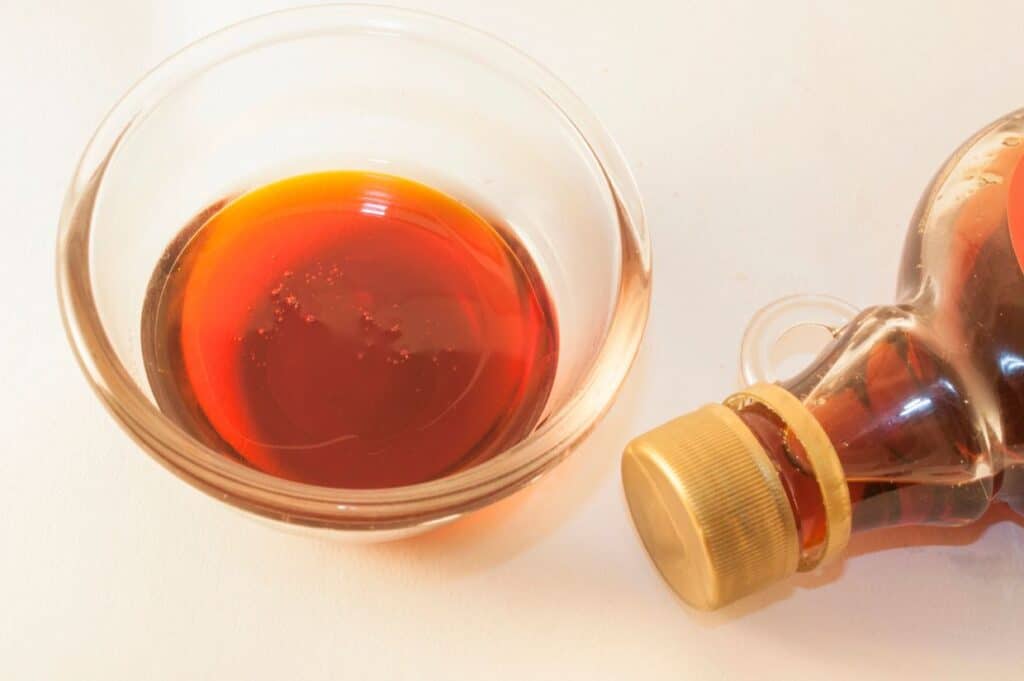
History & process
Native American tribes first discovered that maple tree sap could be boiled down into syrup. While the South may not have the climate for maple trees, the region has embraced maple syrup for its unique sweetness and versatility. The process involves tapping maple trees in early spring, collecting the sap, and boiling it down until it reaches a thick, golden consistency.
Flavor & uses
Maple syrup’s light, delicate flavor is very different from the deep notes of cane or molasses. It complements breakfast dishes, from fluffy pancakes to French toast. But don’t stop there; people also use maple syrup in savory dishes. Try it as a glaze for roasted veggies or as a base for salad dressings.
How these syrups shape Southern cuisine
Southern cuisine often celebrates comforting, hearty flavors, and syrups play an essential role in that. Each syrup brings its own unique character to the table, and people use them in ways that go beyond the breakfast plate. Cane syrup, sorghum, molasses, and maple syrup all have distinct flavors that help define Southern cooking and baking.
Whether people drizzle the deep, earthy notes of cane syrup over a slice of cornbread, stir the nutty, tangy essence of sorghum into a glass of iced tea, or use the dark richness of molasses in a batch of cookies, these syrups have woven themselves into the fabric of Southern food culture.
Discovering your favorite Southern syrup
The world of Southern syrups is one worth exploring, whether you’re a lifelong Southerner or someone with a sweet tooth. Each syrup has its own story, flavor, and history, offering a taste of the region’s agricultural roots. Pick up a bottle of cane syrup at a local farmer’s market, try sorghum syrup on your next stack of pancakes, dive into the richness of molasses in your baking, or savor the maple syrup that has found a Southern home.
These syrups are more than just sweeteners; they connect people to a slower time, remind them of family meals, and symbolize Southern heritage that’s as sweet as it is satisfying. So the next time you reach for syrup, remember that you’re adding a little bit of the South to whatever you’re enjoying.
